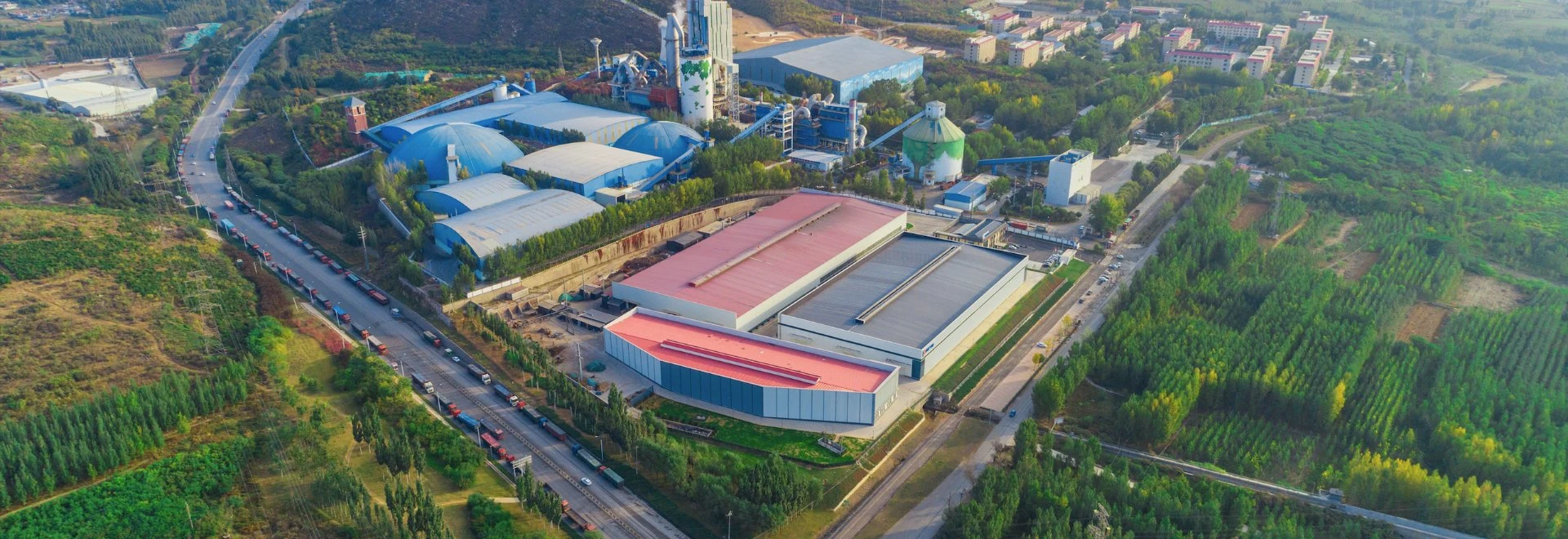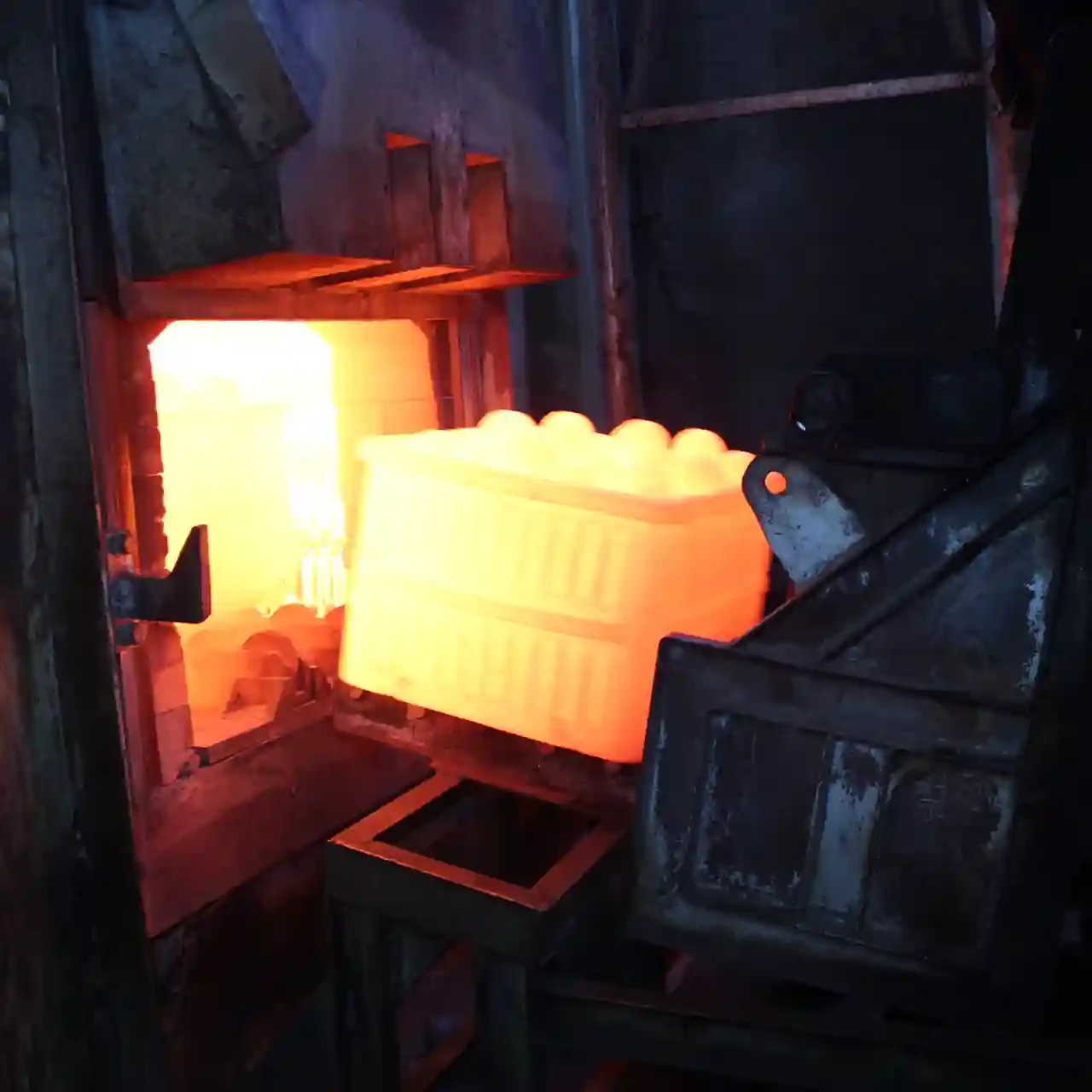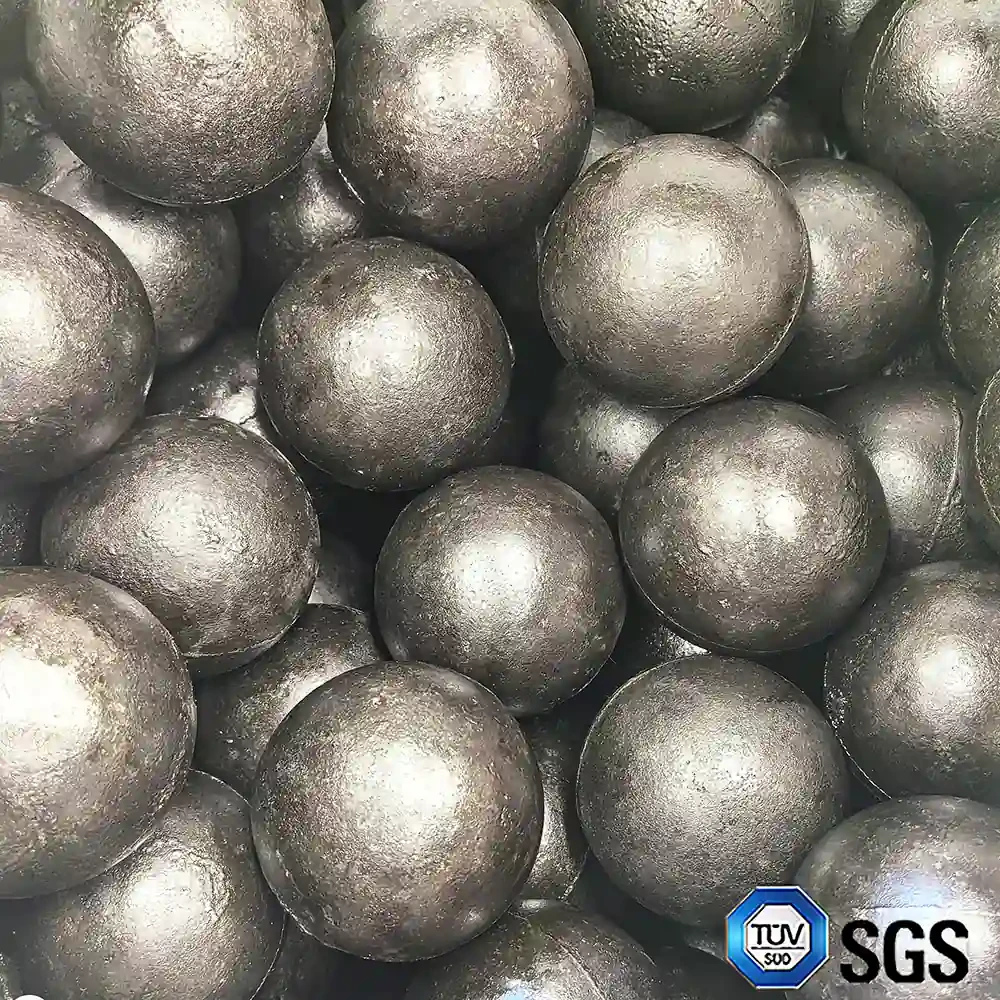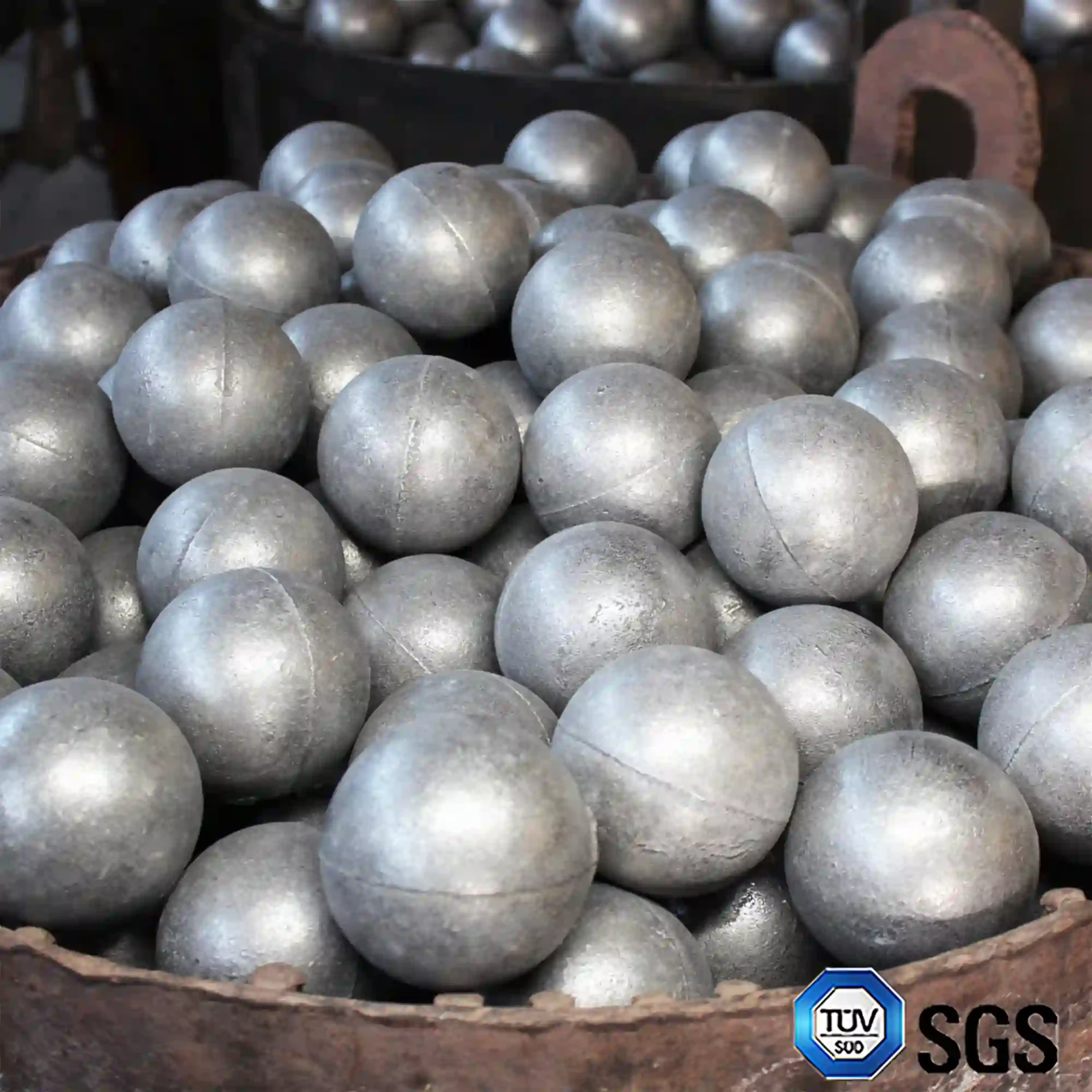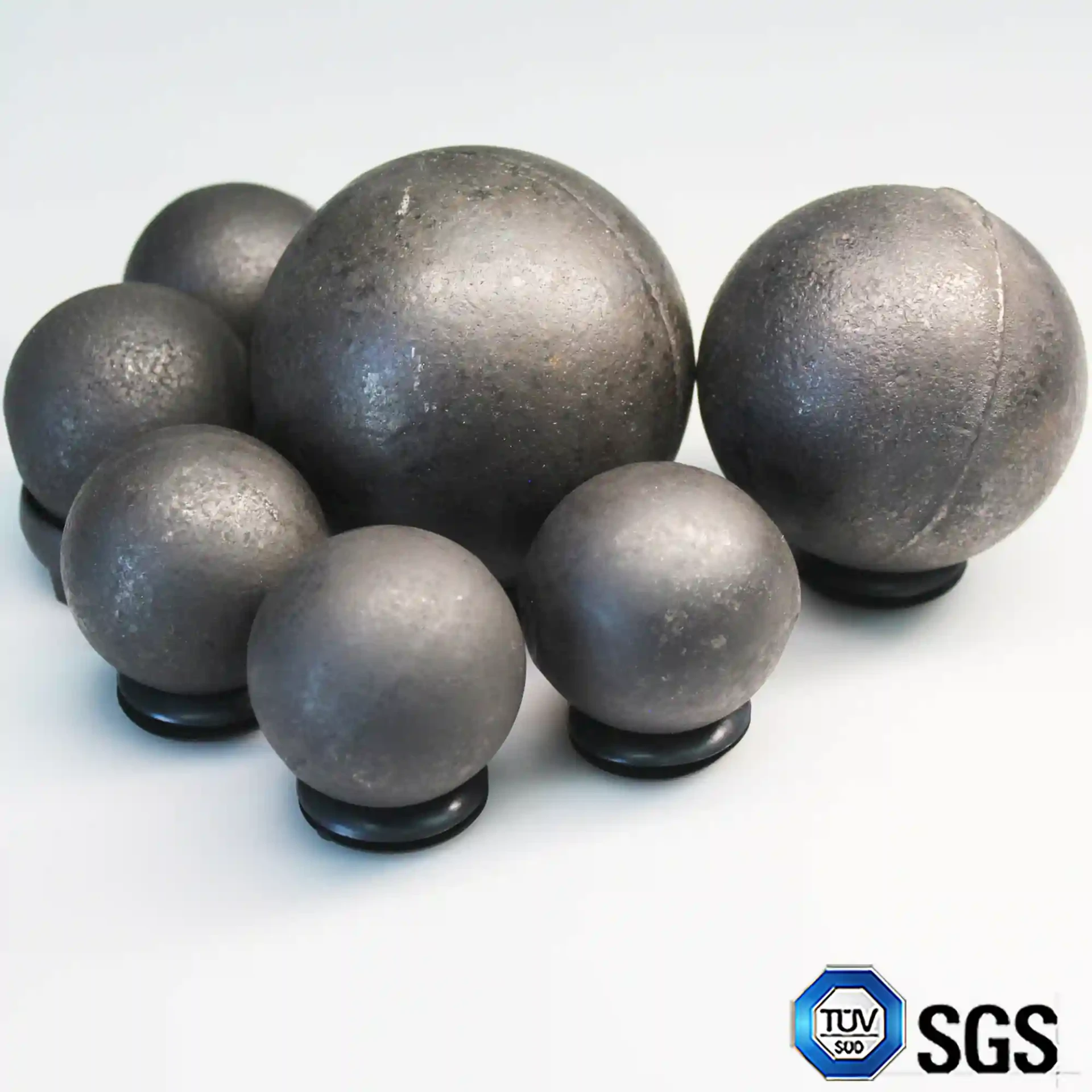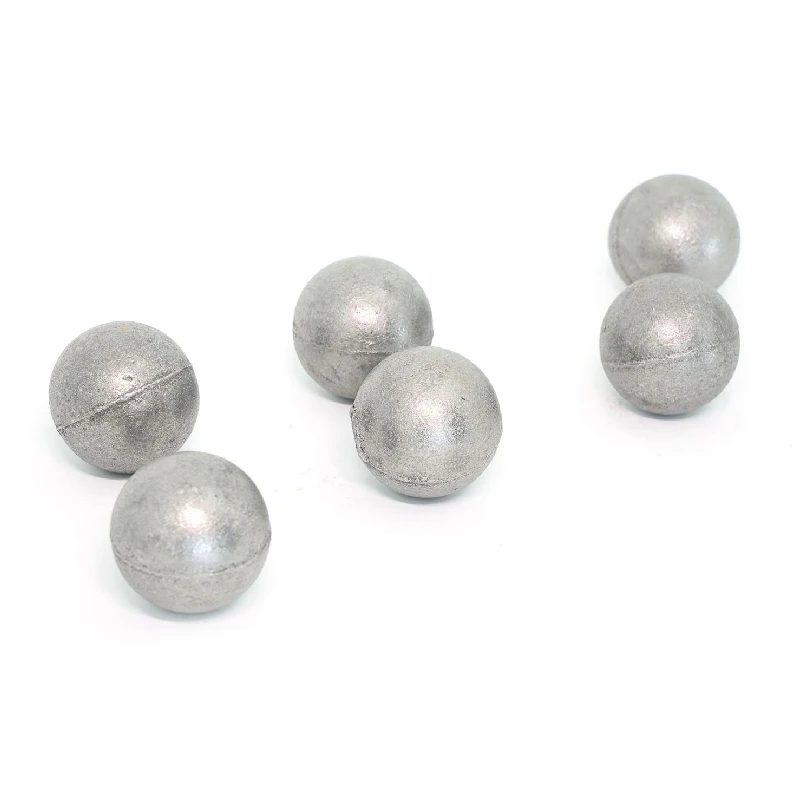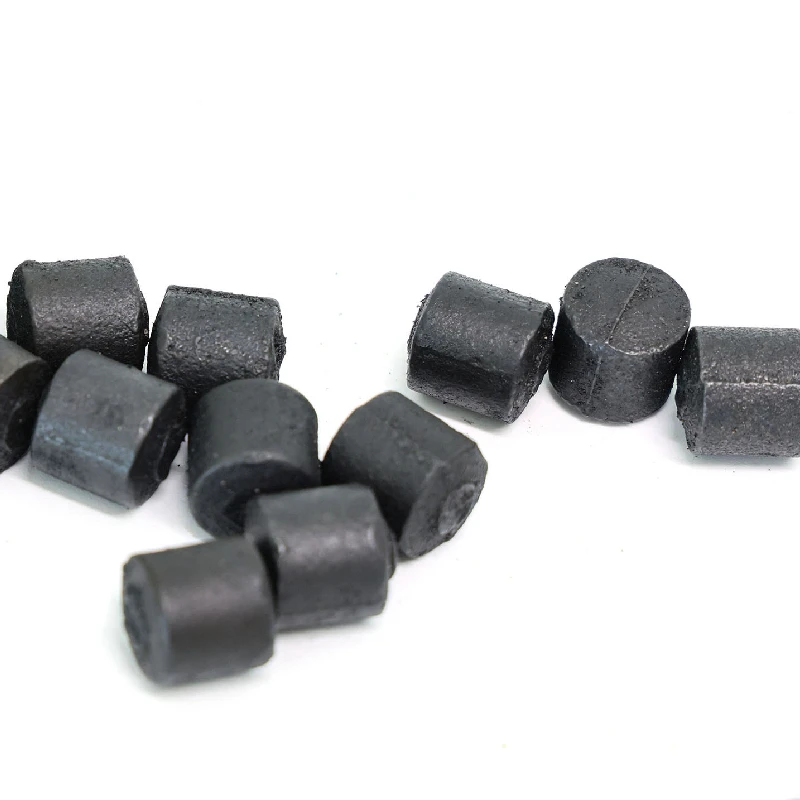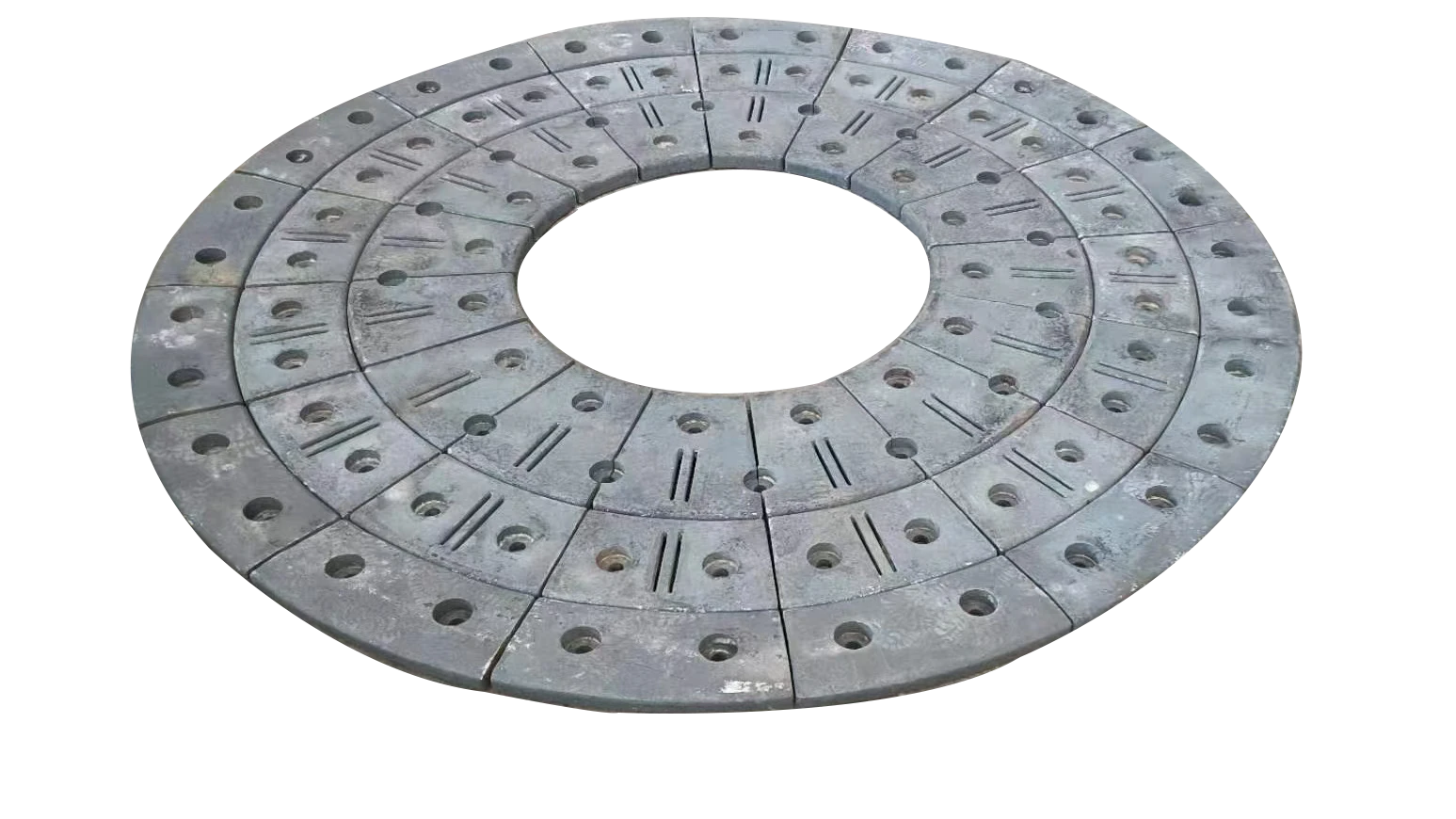Aug . 01, 2025 08:00 Back to list
Premium Chromium Carbide Liner | High Wear Resistance
Discover the advanced world of chromium carbide liner solutions—game-changers for heavy industry abrasion protection. This authoritative guide explores technical parameters, manufacturing flow, industry applications, and leading global standards, ensuring a comprehensive understanding of how chromium carbide liners, manganese plates, Hadfield steel, and silico manganese alloys serve dynamic markets like mining, petrochemical, and metallurgy.
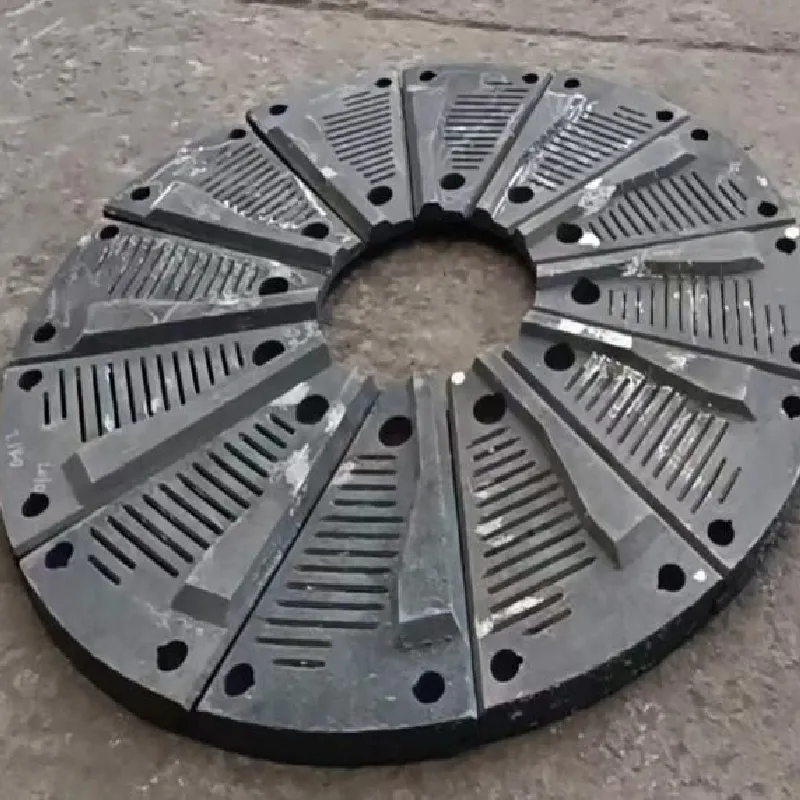
Industry Trends: Chromium Carbide Liner vs Manganese Plate
- 2023 Global Chromium Carbide Liner Market Size: ~USD 960 million (CAGR: 5.2%, 2022–2028)
- 2023 Global Manganese Plate Market Size: ~USD 540 million (CAGR: 3.4%)
- Key Drivers: Surge in mining investments, stricter anti-abrasion standards (ISO/ANSI), energy-saving mandates for process industries.
- Emerging Applications: Hydroelectric slurry pipelines, sinter plant linings, coal-fired boiler tubes, and corrosive media transport.
- Innovation: Multi-layer bonding, nano-carbide dispersion, automated robotic CNC machining, continuous thickness monitoring.
Chromium Carbide Liner: Specification & Parameter Table
| Parameter | Chromium Carbide Liner | Manganese Plate | Hadfield Steel | Silico Manganese Overlay |
|---|---|---|---|---|
| Hardness (HRC) | 58–64 | 45–55 | 40–55 | 48–60 |
| Base Material | Q235/345 + Cr23C6 Layer | Mn13–Mn18 Alloy | Hadfield (Mn13) | Silico Manganese Steel |
| Wear Rate (mm³/1k cycles) | 0.15–0.21 | 0.30–0.45 | 0.40–0.50 | 0.22–0.32 |
| Corrosion Resistance | Excellent | Good | Moderate | Excellent |
| Max Operation Temp | 650°C (ISO 28080:2011) | 400°C | 400°C | 600°C |
| Common Thickness (mm) | 5+3, 6+4, 8+5 up to 20+30 | 6–50 | 10–100 | 6+4, 8+6 |
| Standard Certification | ISO 21823, ANSI/AWS A5.21 | EN 10083 | GB/T 5680 | ISO 5448 |
| Applicable Industries | Mining, Power, Cement, Petrochemical, Steel | Mining, Quarry, Cement | Crusher, Rail, Recycling | Bulk Handling, Water Industry |
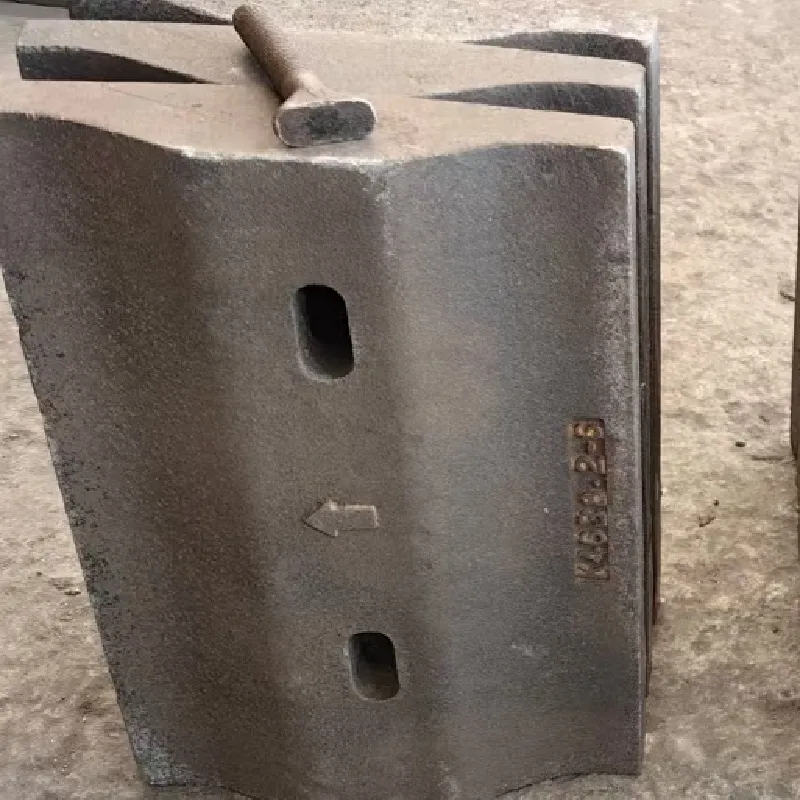
Manufacturing Process: Chromium Carbide Liner
Selected Q235B/345B base & Cr-carbide powder
(ISO 683-1)
Automatic welding (flux-cored arc)
(ANSI/AWS A5.21)
Annealing & quenching @ 900°C
Dimensions/holes/countersinks
Ultrasonic/Hardness (HRC 58+)
(ISO 17640, ISO 6508)
Palletized & moisture-proof packing
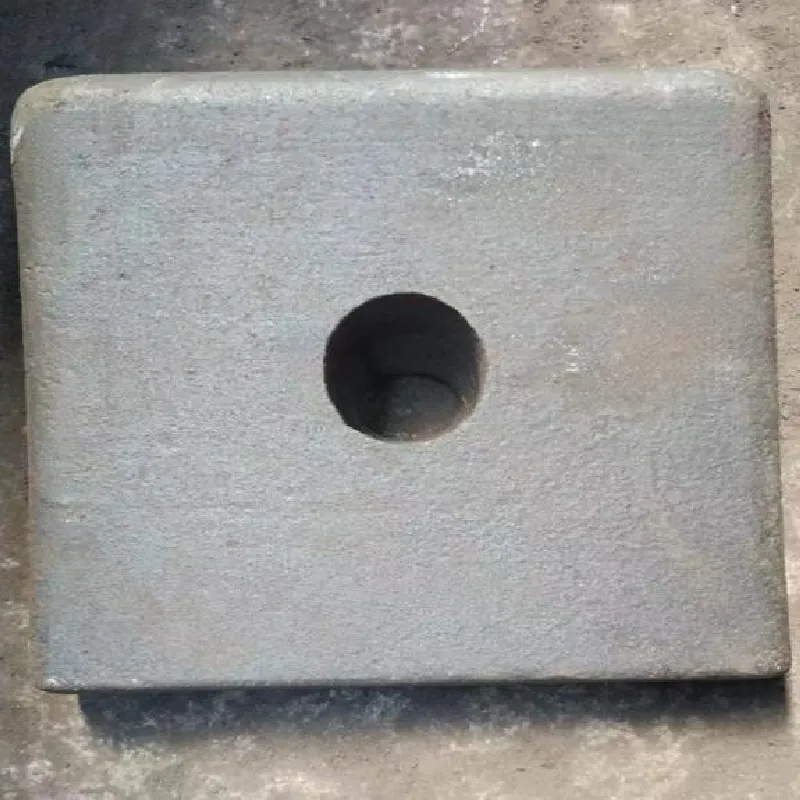
High Chromium Alloy Liner: Technical Advantages
- Extreme Abrasion Resistance: Microstructure features 50–65% vol. of Cr23C6 carbides embedded in tough martensitic matrix.
- Hardness Uniformity: Diffusion-bonded overlays (HRC 60–63) ensure consistent protection, even after 20,000 fatigue cycles.
- Advanced Corrosion Protection: Superior to standard manganese steel and traditional overlays. Salt fog loss below 0.01g (ASTM B117 standard).
- Wide Temperature Range: Retains hardness to 650°C; ideal for thermal plants and kiln linings.
- Reduced Downtime: Service life typically 3–7× longer than Hadfield steel in conveyor, mill, and bunker chute applications.
- Precise CNC Matching: Custom hole positions, counterbores, and edge geometry allow rapid retrofit.
- Eco & Cost Effective: Up to 26% energy savings over base steel. CI/ISO auditing by Bureau Veritas, SGS-certified.

Data Visualization: Specification Comparison & Performance
| Index | High Chromium Alloy Liner | Manganese Plate | Hadfield Steel |
|---|---|---|---|
| Nominal Thickness (mm) | 8+6, 10+10, 12+12, 16+20 | 8–50 | 16–75 |
| Hardness (HRC) | 60–63 | 48–56 | 45–52 |
| Abrasion Loss (ASTM G65, g) | 0.14–0.19 | 0.28–0.34 | 0.35–0.46 |
| Bending Strength (MPa) | 980–1140 | 840–940 | 780–890 |
| Impact Value (J/cm²) | 17–24 | 14–18 | 12–16 |
Applications & Customer Success Cases
Technical Standards, Company Certification & Global Partners
- Manufacturing Certifications: ISO 9001:2015, ISO 14001, SGS, BV Bureau Veritas audits.
- Product Testing: Full compliance with ISO 6506/ISO 6508 (Rockwell & Brinell), ANSI/AWS A5.21 overlay standards.
- Key Global Partners: BHP Billiton, TATA Power, POSCO, LafargeHolcim, Siemens Water Tech, ArcelorMittal.
Customization: Liner Solutions Tailored To Your Needs
- CAD/CAM drawing approval and 3D simulation prior to production
- CNC waterjet/laser cutting for precision aperture and counterbore placement
- Customized hole patterns, thickness, grades (Cr content range, Si-Mn ratio)
- Optional mounting hardware (stud welding, insert nuts, etc.)
- Batch-specific traceability & serial numbering (barcoding/QR enabled)
- Global shipping with export anti-corrosion packing solutions
Delivery, Warranty & Customer Support
- Sample Production: 7–10 working days
- Standard Order (≤30 tons): 18–20 working days
- Bulk/Custom (>30 tons): 3–5 weeks (depends on CNC complexity)
- Worldwide Logistics: Shipped from ISO-audited facility
- 18-month wear warranty (non-abrasive base detachment/clad spall)
- Support: 7×24h technical consultation, video remote inspection, and on-site retrofit advice
- Full product traceability—batch records & metallographic reports on demand
- Complimentary failure analysis (if needed) within warranty period
- Factory audits pass ISO/IEC 17025 lab calibration
- Material certificates, MSDS, and IMDS data supplied per customer request
FAQ: Chromium Carbide Liner & Related Technologies
Conclusion & Authoritative References
- Materials Today: Advanced Carbide Overlays
- ResearchGate: Performance Analysis of Hardfaced Steels
- ScienceDirect: Wear Behaviour Study
- HeavyQuip Magazine: The Future of Wear Solutions
-
Expert Insights on Fabrica de Molinos de Bolas: Industry Trends & Global Applications
NewsNov.24,2025
-
Expert Insights on Fabricantes de Bolas de Molienda de Acero: Global Applications & Trends
NewsNov.23,2025
-
Leading Fabricantes de Bolas de Molienda: Your Ultimate Guide to Grinding Balls
NewsNov.23,2025
-
Fabricante de Bolas de Molienda – Quality Grinding Balls for Efficient Industry
NewsNov.23,2025
-
Trusted Proveedores de Medios de Molienda for Efficient Industrial Grinding
NewsNov.22,2025
-
Proveedores de Bolas de Molienda: Your Guide to Top Grinding Ball Suppliers & Industry Insights
NewsNov.22,2025
Realted Products

